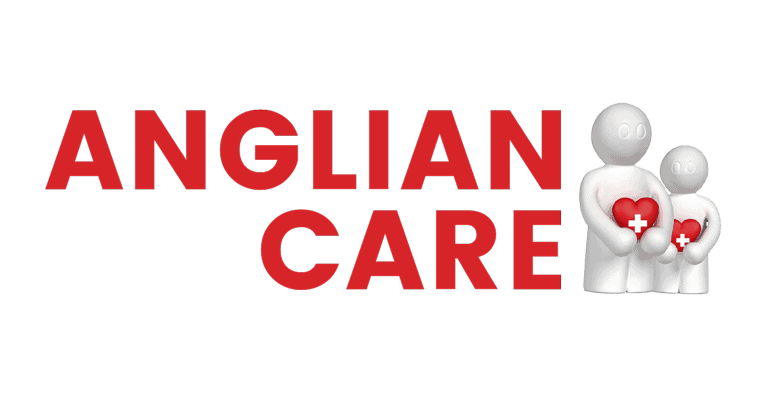Effective communication in health and social care is essential for ensuring patient safety and care quality. Studies show that poor communication leads to 80% of serious medical errors. By using clear verbal and non-verbal cues, you help build trust and improve patient understanding. Overcoming barriers like cultural differences and language can enhance interactions. Techniques such as active listening and structured communication can greatly boost dialogue quality. As technology evolves, it offers new tools that foster better communication, allowing for a connected healthcare experience. Keep exploring to discover more about how enhancing communication can transform health outcomes.
Why Communication Matters
In healthcare, poor communication can lead to costly errors and misunderstandings. These mistakes can impact patient safety and organizational efficiency, which is why honing your communication skills is indispensable. Utilizing a variety of communication methods—verbal, non-verbal, and written—helps to convey information effectively to a diverse range of patient populations. Effective communication not only builds trust but also guarantees that clients feel valued and understood, ultimately enhancing their engagement in care processes and outcomes effective communication strategies.
Cultural competency plays a significant role in this process. Understanding cultural differences allows you to connect better with patients from various backgrounds, which can improve their overall experience and satisfaction with care. Training and continuous development in communication skills among healthcare professionals are essential for guaranteeing person-centered care. By doing so, you not only improve patient engagement but also create a more positive healthcare environment.
Types of Communication
Next is non-verbal communication, which includes body language, facial expressions, and gestures. These cues are crucial, especially when someone struggles with verbal communication. They can convey emotions and reactions without saying a word, helping you connect on a deeper level. Effective non-verbal communication also plays a significant role in trust building, as it can reinforce the spoken word and create a more empathetic atmosphere.
Written communication also holds significant importance. It requires clarity, proper grammar, and punctuation to guarantee care plans and instructions are easily understood. This minimizes the risk of misunderstandings in your care.
Then, there's visual communication. By using charts, diagrams, and other visual aids, complex information becomes more digestible. You'll find that these tools make it easier to understand crucial health-related concepts, which can empower you in managing your health.
Lastly, assistive communication methods, such as picture communication boards and speech-to-text software, support individuals with communication disabilities. These tools allow you to express your needs and preferences more effectively.
Barriers to Effective Communication
Cultural differences also play an essential role in communication. Different backgrounds may influence how individuals interpret messages, use gestures, or express emotions. If you're not aware of these differences, it can lead to confusion or offense. Additionally, non-verbal cues can vary widely across cultures, impacting interactions and the overall quality of care. Furthermore, language differences, such as strong accents or varying levels of health literacy, can make it hard to convey important information about health and treatment options.
Furthermore, medical conditions like stroke or dementia can change how someone communicates. In these cases, tailored approaches are necessary to guarantee understanding. Physical barriers, like pain or breathlessness, can also obstruct communication. If someone is in discomfort, they may find it hard to focus or respond effectively.
Lastly, environmental factors shouldn't be overlooked. Excessive noise or poor lighting can distract and deter individuals from engaging in important conversations about their care. Recognizing these barriers is the first step towards improving communication in health and social care, allowing for better understanding and support for those in need.
Techniques for Improvement
To improve communication in health and social care, it's important to focus on active listening strategies and awareness of non-verbal cues. By truly listening and paying attention to body language, you can create a more supportive environment that encourages open dialogue. Additionally, employing structured communication methods like SBAR's effectiveness can further enhance clarity and guarantee important information is conveyed. These techniques not only enhance understanding but also build trust between you and those you care for.
Active Listening Strategies
Paraphrasing or summarizing what the speaker has said is another effective strategy. This not only confirms your understanding but also clarifies any potential misunderstandings, which is essential in patient care settings. Using open-ended questions can further enhance conversations, allowing individuals to express their thoughts and feelings freely, thereby facilitating person-centered care.
Providing adequate time for individuals to articulate their responses is important too. This approach creates a supportive environment, reduces anxiety, and enhances the quality of communication. By incorporating emotional intelligence into your interactions and engaging in reflective practice, you can continuously improve your listening skills. Remember, effective communication is a two-way street, and your attentiveness can make a significant difference in the lives of those you serve.
Non-Verbal Cues Awareness
To improve your awareness, start by observing personal space. Maintaining an appropriate distance can foster comfort, especially for individuals facing communication challenges. Next, practice consistent eye contact. This signals attentiveness and interest, while avoiding eye contact might be seen as disinterest or discomfort.
Recognizing gestures is also essential. For those with limited verbal skills, interpreting their body language can help you respond appropriately to their needs. For instance, a raised hand might indicate a need for assistance, while a frown can show distress.
Lastly, consider training in non-verbal communication techniques. This can enhance your overall interaction quality, leading to better patient satisfaction and more effective care delivery. By being mindful of these non-verbal cues, you can create a more supportive environment for those you care for.
Role of Technology
Telemedicine benefits are also significant. With telemedicine platforms, you can consult healthcare professionals without traveling, which is especially helpful for those in remote areas. This flexibility allows for timely interventions and follow-ups, guaranteeing that you stay connected to your care team.
Mobile engagement is another key aspect of modern healthcare communication. Mobile health applications empower you to track health metrics, set medication reminders, and easily communicate with your care team. This level of engagement encourages you to take an active role in your health management.
Additionally, AI tools are transforming how healthcare providers interact with patients. These tools can help schedule appointments, predict patient needs, and offer personalized health advice based on data analytics. With AI, providers can better understand your individual health patterns, allowing for tailored care.
However, to truly benefit from these technologies, it's essential that healthcare staff receive proper training. This guarantees that patient information is accurately documented and shared, maximizing the impact of these communication tools. Embracing technology in health and social care creates a more connected and informed experience for everyone involved.
Resources for Healthcare Professionals
Another key initiative is Making Every Contact Count (MECC). This program encourages you to use everyday interactions as opportunities to promote health and well-being. It highlights the importance of communication in fostering positive behavior change, allowing you to make a real difference in your patients' lives.
Continuous training programs help you develop effective communication techniques tailored to diverse patient needs. These resources guarantee that you can adapt your approach, enhancing person-centered care. Additionally, materials focused on health literacy provide you with essential skills to convey health information clearly. This guarantees that your patients understand their care and treatment options fully.
Finally, tools designed for addressing patient communication needs, especially in cancer care, emphasize the necessity of empathy and clear information exchange. By addressing gaps in communication, you can greatly improve your patients' experiences and outcomes.
Incorporating these resources into your practice can elevate your communication skills and, ultimately, the quality of care you provide.





